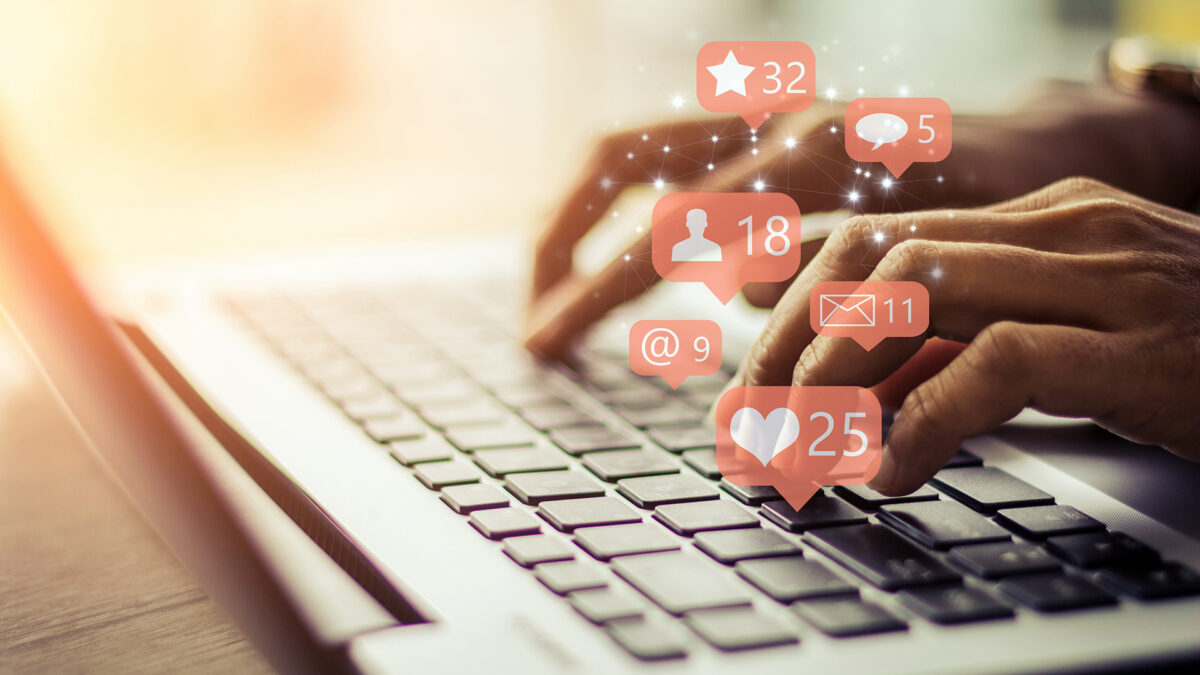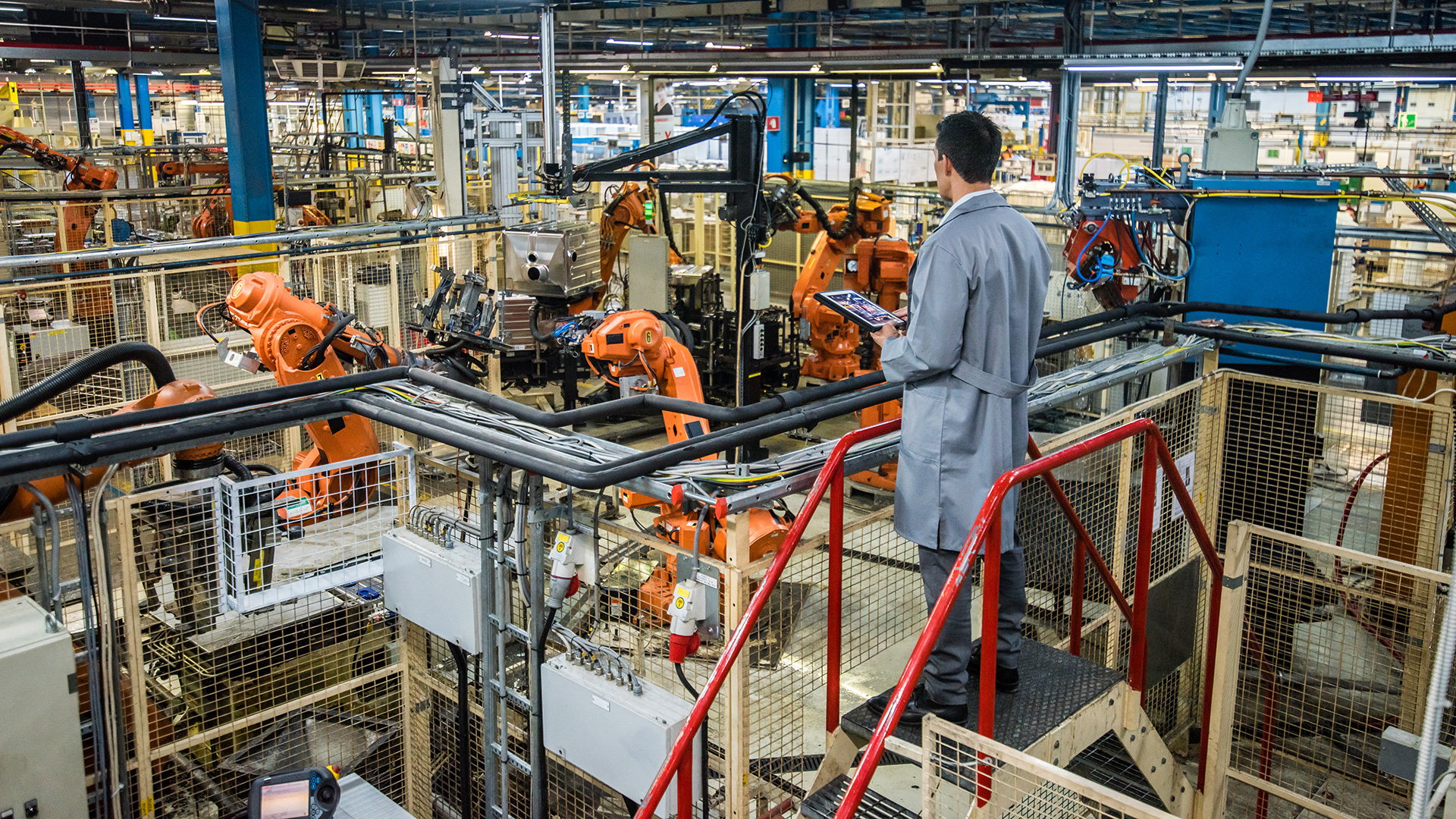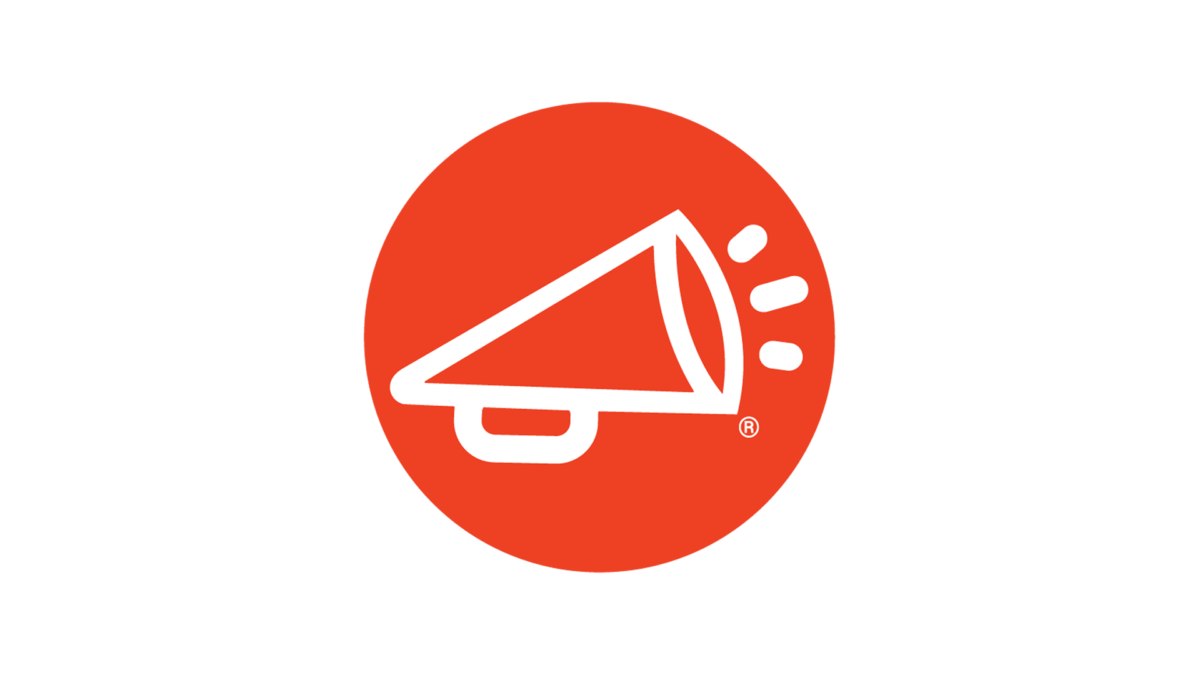
In today’s rapidly changing world, the need for employee engagement programs is more critical than ever. As we stand on the threshold of significant societal and technological changes, the impact of these changes on the workforce is evident. Automation technologies are blooming, robotics continues to develop, and if that isn’t enough, AI-based solutions are starting to take off.
Now add to that increasing political instability and global public health risks that are not going anywhere, leading to greater economic volatility, and you’ll get the full picture of the world in which companies must now seek ways to adapt and survive.
All of the above directly impacts workplace formats, jobs, as well as procedures and processes related to HRM. This also applies to workplace programs. The structure and focus of workplace programs will change as the world around modern companies transforms.
Although predicting the future is beyond the power of anyone, as experts in employee engagement and recognition programs, we can sketch out some directions in which workplace programs will have to evolve and improve to continue delivering positive business outcomes.
Before forecasting the possible future trends in employee engagement programs, let’s look at the transformations they have undergone over the last few decades.
Employee workplace programs started mostly as milestone and service awards but quickly expanded with components of employee recognition, manager spot awards, safety incentives, employee referral programs, and idea submission rewards.
Employee wellness programs, mainly adopted by the most advanced companies before the pandemic, gained enormous (and well-deserved) popularity today.
Employee rewards once offered via printed catalogs and managed in spreadsheets, later moved online and turned into point-based rewards programs. Now, it all evolved into a smart system of non-monetary rewards and recognition, capable of influencing people’s behavior and nurturing company culture.
It is important to know how workplace programs evolved from a structural and technological standpoint to make forecasts. Understanding what has always been and continues to be at the heart of all the efforts to obtain employee engagement is crucial for that purpose.

While newly hired employees naturally have higher levels of engagement, it tends to decline after 1-2 years of tenure. It is the employer’s job to maintain that enthusiasm throughout the entire employee lifecycle.
Achieving this goal is possible only in the organizational environment where the employee experience is designed in a particular way that is constantly reinforcing sustainable employee engagement.
The concept of “sustainable employee engagement” was offered by Willis Towers Watson (formerly known as Towers Watson) quite some time ago. Still, it has not lost its relevance to this day.
The state of sustainable employee engagement reflects workers’ connection to the organization, backed up by three core components:
To take a deeper dive and get some practical tips, you can check this article on the HBR website.
The concept of sustainable employee engagement provides the necessary foundation to align your reward and recognition programs under a common strategic framework that links to your business objectives and mission and, thus, the company’s success.
Currently, there are nine types of workplace programs at companies’ disposal:
Most likely, all of them will have their place in the future, but with some structural and technological changes. What kind of transformations can we expect? Let’s look at some trends and how they can impact some particular program types.

The increased amount of freelance platforms, accompanied by their evolving functionality and security, helps more and more people participate in the labor market on terms that are comfortable for them.
This is also beneficial for companies that can hire rare specialists and close more job functions with dedicated experts specializing in particular narrow sets of tasks on a project basis.
The area of impact: Milestone awards and training programs
Companies want to build proper relationships with part-time employees at similar levels they might have with full-time employees to improve the communication and performance of those specialists. This means that it would benefit them to celebrate milestones like project accomplishment, worker onboarding, critical problem resolution, and the like.
Companies will also benefit from having a crash course on their business, culture, and values to streamline the accommodation of part-time or gig workers. This can also show workers their impact on more universal goals related to society, not only that particular business.
With the increase of migration dynamics across the countries, companies now have access to a larger pool of talented and motivated employees. However, the difference in cultural backgrounds might also become a source of tension in the workplace, which is actually easy to overcome with some educational effort and event planning.
The area of impact: Diversity, Equity, Inclusion, and Belonging (DEIB) and educational programs
Making a calendar of cultural holidays and allocating some budget for bringing in festive foods paired with small cultural lectures on those special days can do wonders for the workplace atmosphere. Sometimes, even the corporate email is enough for people to feel appreciated and respected.
Knowing more about different cultures will also help employees expand their horizons, tackle unconscious bias, and help employees better acclimate to the new corporate environment. Who doesn’t like to have some Sufganiyot or fortune cookies on their table, after all?
It would be interesting to watch the debates on Gen-Z employees sparkling all over the Internet if they wouldn’t almost exactly repeat conversations around Millennials we had a decade ago. While interesting from a sociological perspective, they are completely unhelpful for companies that strive for efficiency and business success.
The area of impact: educational programs and performance incentives
Younger generations of workers will inevitably have lower qualifications, which can be sufficiently addressed through properly designed educational programs throughout 6 to 12 months.
Unfortunately, most Gen-Z’s seem to have a noticeable gap in their soft skill set, which must be addressed if a company wants to make their younger workers more productive. Having specialized training programs both for young employees as well as for their managers will help you to tackle this issue.
In this regard, launching a comparatively new type of program, workplace mentoring can help you address multiple issues related to intergenerational differences, reduce skill gaps, as well as increase job satisfaction among senior employees. The ability to pass on one’s knowledge makes most people feel that their job is important and their contributions will last even after they retire.
Companies should also develop performance incentive programs addressing the specifics of the younger employees’ generation. It will help create a more realistic understanding of one’s job role, map out ways toward professional progress, increase motivation, and much more.

The way people do their work might dramatically change over a few years. Some jobs become completely obsolete, while the demand for various new professions is constantly increasing.
Companies might find themselves competing for a very small pool of talents who have mastered the new profession, which puts them in a disadvantaged position. One of the most obvious solutions to this problem is internal recruitment and re-education.
The area of impact: educational programs and employee innovation rewards
Companies have multiple options in case of qualification improvement and education: developing internal educational programs, financing external education, or hiring corporate trainers.
It is also important to make continuous learning a part of company culture and develop a system of rewards and recognition for employees who are acquiring new skills and improving qualifications. Again, mentorship can play a huge role in fostering a culture of continuous education.
At the same time, there’s an increased pressure on companies to innovate and increase efficiency. That’s why companies that emphasize the importance of innovation, collect ideas from all their employees and generously reward actionable ideas will set themselves up for a strong competitive advantage in the market.
Despite difficulties some companies have in managing employees working remotely or in the hybrid workplace, most workers demand at least greater flexibility. This has become a significant employer advantage and is unlikely to change soon.
The absence of a shared schedule might become problematic in terms of maintaining the company culture and the sense of connection among employees. Paired with the probable increase in the share of part-time employees, this trend requires company leaders to look for solutions to maintain team cohesion and motivation.
The area of impact: all types of workplace programs
While mobile-first employee rewards and recognition programs become a staple in HR’s arsenal, employee engagement platforms will likely evolve into more interactive and immersive virtual environments, enhancing connections between employees no matter where they are. The level of personalization will also increase and take new forms.
It is important to cooperate with vendors that follow technological and social changes and help their clients implement proven best practices that bring the most results. The employee engagement platforms of the future will become a central tool for unifying employee experience and making it as positive as possible.
One of those things that is unlikely to change is the seven-component framework any company has to employ to design a strategic set of employee engagement programs. They include:
No matter what challenges are expected of the economy in the future, there are ways to increase a company’s agility and adaptability. Employee engagement programs are one of the strategic areas of HR’s competencies, which determine how effectively companies motivate and nurture their employees.
At WorkProud, we help companies design future-proof employee engagement programs and implement necessary technological changes that will support company goals for maintaining business success over the years to come.
Learn more about WorkProud and try a free demo, click here.
WorkProud is committed to helping its clients create a unified approach to the employee experience by helping them build cultures of workplace pride. Trusted by millions of users at some of the world’s most recognized employer brands, WorkProud delivers a comprehensive approach to building company cultures that inspire people to be Proud of their Work and Proud of their Company.

Every month, we share news, knowledge, and insight into what we believe is a pretty simple proposition: If you are “proud of your work and proud of your company,” you are more engaged, more productive, and more likely to stay with your company for the long haul.
*By selecting “SIGN UP,” you agree to WorkProud’s Privacy Policy. You may unsubscribe from our newsletter at any time. Please note when unsubscribing: it may take up to 10 business days for your request to take effect.